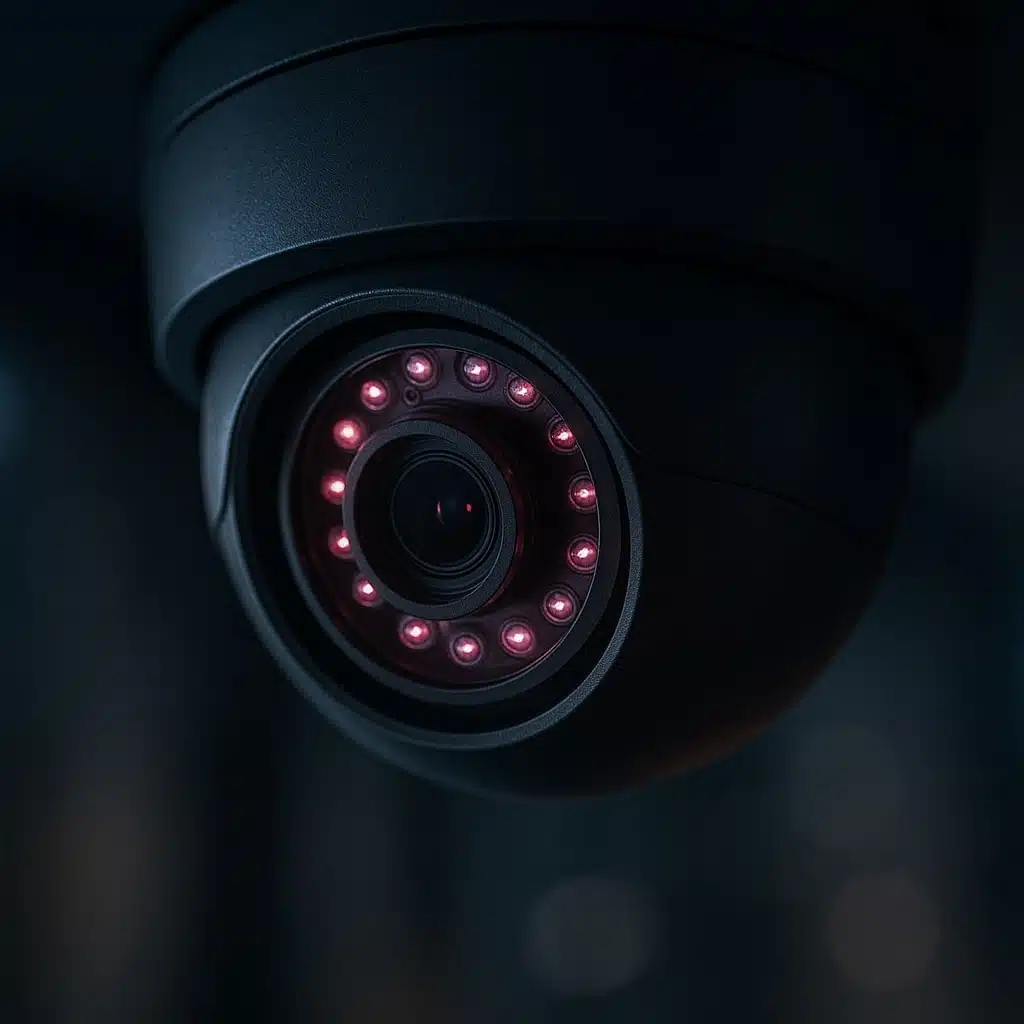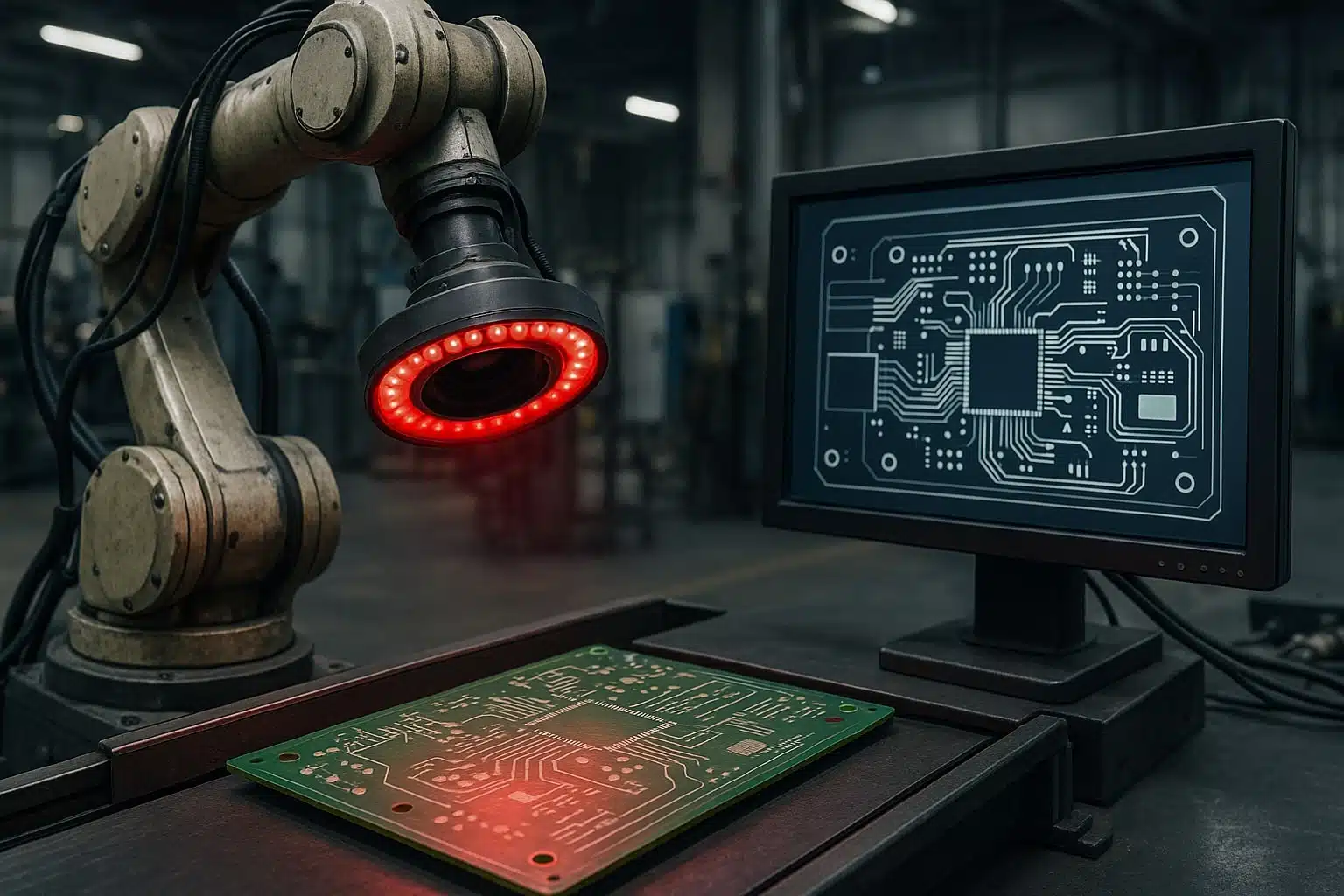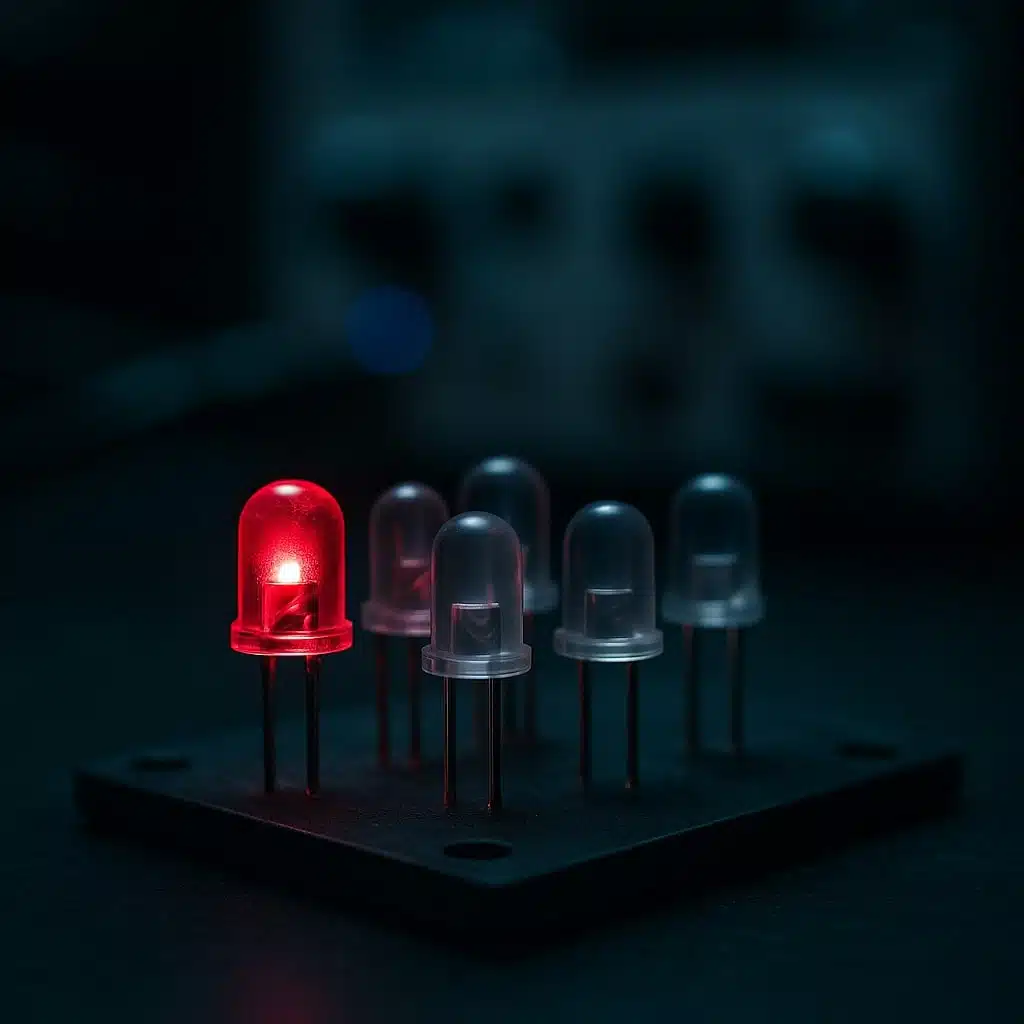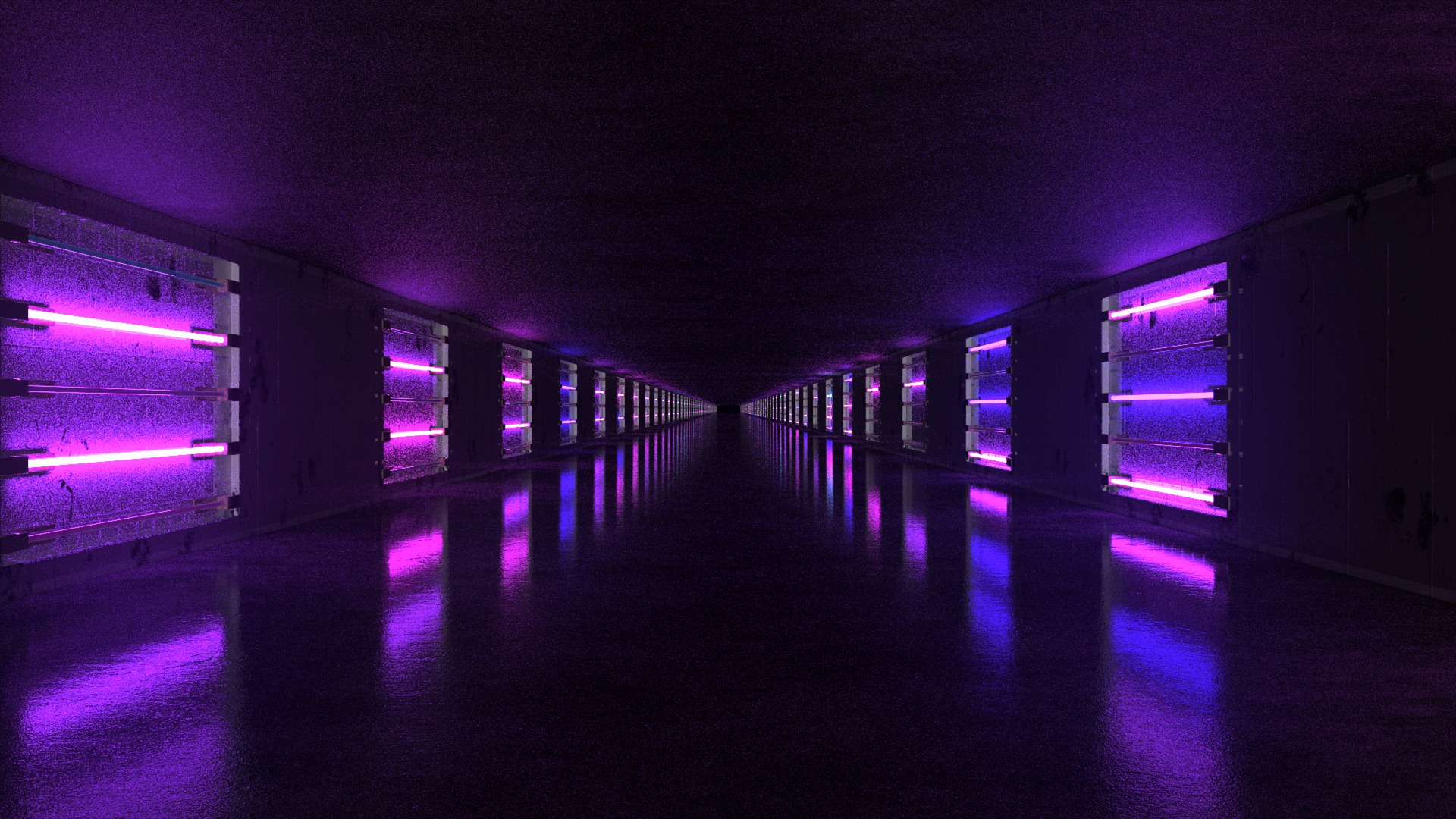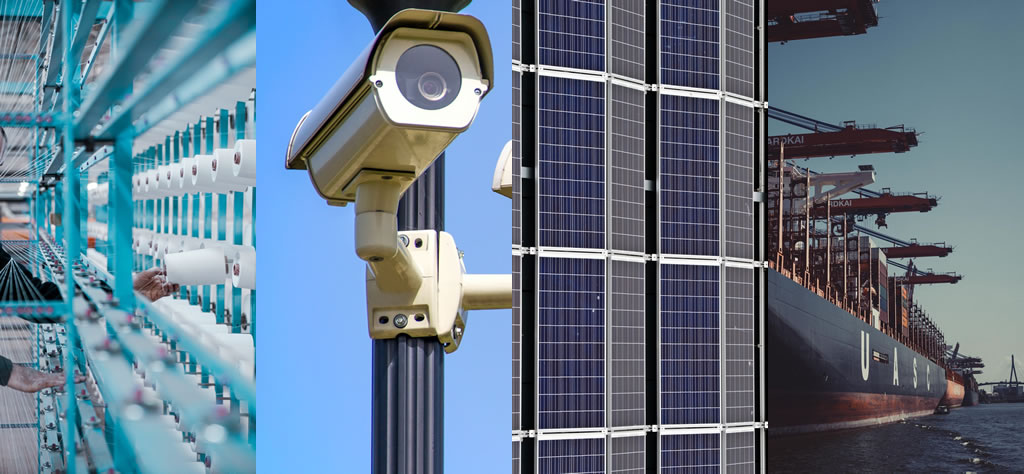In many industries, near-infrared (NIR) LEDs are transforming how machines illuminate and sense. These LEDs emit invisible light (700–1000 nm) and are extremely efficient, contributing to sustainability. For example, Marktech Optoelectronics notes their NIR LED designs *”minimize energy use and carbon footprint.”* In practice, switching to NIR LED lighting and sensing can dramatically cut power…
Tech-Led Blog
-
-
Think energy-efficient lighting is only about visible LEDs? Think again. Near-infrared (NIR) LEDs are quietly transforming how we save power and design greener electronics. These invisible light sources – emitting just beyond the red end of the spectrum – are key enablers for modern smart devices and eco-friendly systems. In fact, as detailed in our…
-
Multiple near-infrared LEDs on a test board. The 850 nm LED (left) faintly emits a red glow, while several 940 nm LEDs appear dark to the human eye. Near-infrared LED technology has emerged as a powerful successor to legacy infrared illumination methods. But how do the costs stack up when considering the power supply for NIR LEDs?…
-
In today’s security and sensing landscape, near-infrared (NIR) LEDs play a crucial role in everything from surveillance cameras to industrial sensors. Selecting the right NIR LED for your business needs can significantly impact the performance and reliability of your systems. In this comprehensive guide, we’ll walk through the key factors to consider – from identifying…
-
Infrared night vision technology has become a standard feature in modern security cameras. By integrating near-infrared LEDs into night vision security cameras, manufacturers enable these devices to capture clear video footage even in pitch darkness. Engineers and security integrators utilize infrared LED illuminators to provide light that camera sensors can see but intruders cannot, resulting…
-
Near-infrared LEDs in medical devices are quietly transforming patient care, from high-tech hospital equipment to everyday health monitors. These invisible wavelengths of light give medical designers new ways to sense and heal the human body without invasive procedures. As detailed in our Near-Infrared (NIR) LED Guide, a near-IR LED (also called an infrared diode) emits…
-
Current Use of NIR LEDs in Industry Near-infrared (NIR) LEDs have already become workhorses in industrial settings. They serve as invisible illuminators and sensors in machine vision systems, production line monitors, and automation sensors. For example, factories employ IR LED spotlights and ring lights to enable machine vision cameras to inspect products for defects without…
-
What Is a Near-Infrared LED? A near-infrared (NIR) LED is a light-emitting diode that outputs invisible infrared light typically in the 700 nm to 1000 nm wavelength range, just beyond the deep red portion of the visible spectrum. Like any LED, it’s a semiconductor device: when forward-biased, electrons and holes recombine to emit photons of light. The…
-
The field of LED and optoelectronic technology is rapidly evolving, bringing with it a growing set of specialized terms that can be difficult to navigate. Tech-LED.com specializes in advanced LED solutions for applications such as medical diagnostics, industrial sensing, security, machine vision, and scientific research. Our products include infrared (IR), near-infrared (NIR), short-wave infrared (SWIR),…
-
The evolution of Light Emitting Diode (LED) technology has revolutionized numerous industries by providing energy-efficient, durable, and versatile lighting solutions. LEDs operate across a broad spectrum of wavelengths—from ultraviolet (UV) through visible light to infrared (IR)—each offering unique properties that are harnessed for specialized applications. Below is a list of industrial applications associated with various…
-
As a Sales Manager at Marubeni, I’ve had the privilege of working with incredible engineers and businesses for over 10 years. Throughout this journey, I’ve seen firsthand how transformative Infrared (IR) LEDs can be across a wide variety of applications—from industrial sensing to medical diagnostics and security systems. Our IR LEDs are not just components;…
-
In recent years, technological advancements have paved the way for groundbreaking innovations in the field of medical devices. One such revolution is the integration of Extreme Tiny Chip-Scale Package (CSP) LED technology into medical devices. This tiny yet powerful lighting solution is reshaping healthcare, offering numerous benefits in terms of efficiency, precision, and patient care….
-
SWIR LED technology is a type of light-emitting diode that operates in the shortwave infrared (SWIR) spectrum. The full form of SWIR is “Shortwave Infrared.” It is a type of LED that operates in the wavelength range of 900 nm to 1700 nm, which is different from traditional LED technology that operates in the visible…
-
What is SWIR, and how can you benefit from high-performance SWIR LEDs? How does SWIR LED work? This article will cover the basics of SWIR. We will analyze the diverse range of new opportunities that SWIR LEDs can offer. Read on to learn about the most common uses of SWIR LEDs. The article will analyze…
-
A walk through the lighting section of any hardware store, and you may be dazzled by not only the sparkling fixtures but also the sheer number of options with which you are presented. A few of your choices include incandescent, fluorescent and LED lights. One of the most energy-efficient general lighting technologies – light-emitting diodes,…
